Income derived from farming land, building constructed or associated with farming land, and commercial products from farming land is called agricultural income. According to Section 10(1) of the Income Tax Act, agricultural income is exempt from tax. However, the government can levy tax if agricultuRead more
Income derived from farming land, building constructed or associated with farming land, and commercial products from farming land is called agricultural income.
According to Section 10(1) of the Income Tax Act, agricultural income is exempt from tax. However, the government can levy tax if agricultural income is above Rs 5,000.
Following are the sources to be considered for agricultural income according to the conditions mentioned in Section 2 (1A) of the Income Tax Act:
- Revenue generated through rent or lease of land in India that is used for agricultural purposes.
- Revenue generated through the commercial sale of produce gained from agricultural land.
- Revenue generated through the renting or leasing of buildings in and around the agricultural land subject to the following conditions:
- The cultivator or farmer should have occupied the building, either through rent or revenue.
- The building is used as a residential place, storeroom, or outhouse.
- The agricultural land or the land where the building is located, is being assessed for land revenue or subject to a local rate assessed.
If the land does not fall under the provisions stated above, the Income Tax Act requires a separate evaluation to calculate tax.
The Income-tax Act has laid down a method to indirectly tax such income.
This method or concept is called the partial integration of agricultural income with non-agricultural income. It aims at taxing the non-agricultural income at higher rates of tax.
Partial integration of agricultural income with non-agricultural income involves the following steps:
- For example, the base income of the individual is Rs. 20,000 and agricultural income is Rs 10,000, then we first have to calculate tax on Rs 30,000. For convenience, we can call this tax T(30,000)
- Assuming that the income falls under tax slab A, this tax slab A has to be added to the agricultural income and tax has to be calculated on it as well and it is called T(S+10,000).
- The final tax on the individual’s income will be T(30,000)- T(A+10,000)
The important step to keep in mind is to aggregate the agricultural income while calculating tax otherwise it can lead to double taxation, extra tax, or interest on tax.
See less

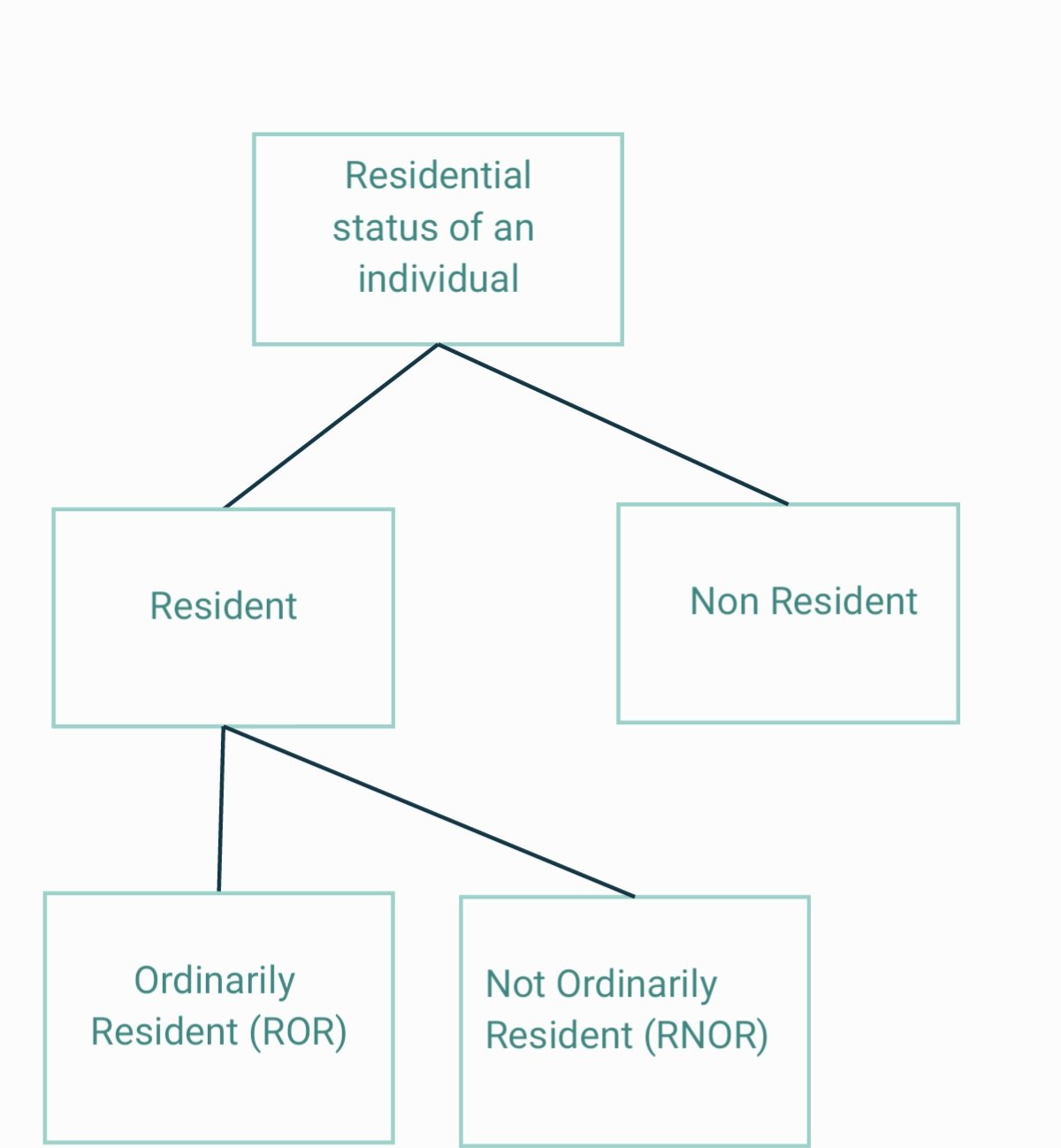
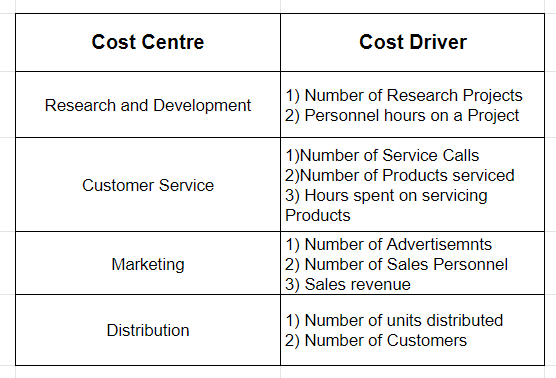
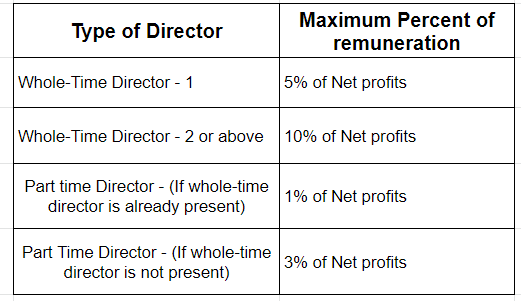
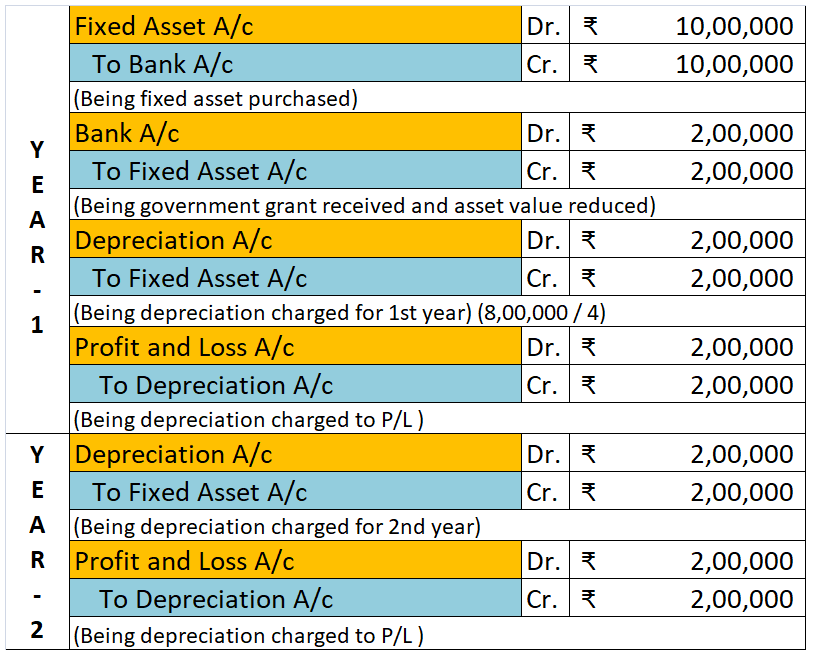
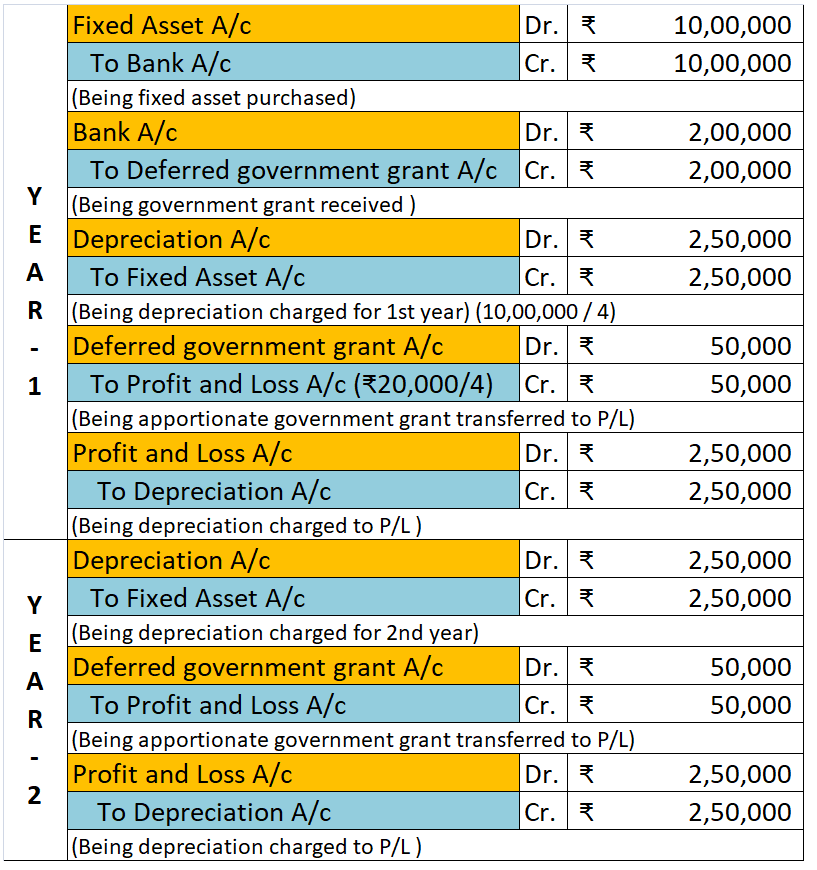
Brief Introduction Alternate Minimum Tax or AMT as the name suggests, is an alternate tax that an assessee has to pay, subject to certain conditions, instead of the income tax liability which is computed as per normal provisions of the Income-tax law. Alternate Minimum Tax is levied to impose higherRead more
Brief Introduction
Alternate Minimum Tax or AMT as the name suggests, is an alternate tax that an assessee has to pay, subject to certain conditions, instead of the income tax liability which is computed as per normal provisions of the Income-tax law.
Alternate Minimum Tax is levied to impose higher tax liability on non-corporate assessees who have claimed various profit-link deductions or investment-linked deductions in the relevant previous year.
My answer is based on the Indian Income law i.e. Income Tax Act, 1961.
The concept behind Alternate Minimum Tax
Let’s start our discussion with MAT i.e. Minimum Alternative Tax. It applies to corporate entities or companies.
Before MAT, it was seen that companies used to declare huge dividends to their shareholders. But when it came to filing income tax returns, they used to claim various profit linked and investment-linked deductions to report very low profits and even losses to arrive at negligible tax or nil tax whereas their financial statements would report huge profits.
It is true that the government provides such profit linked or investment linked deductions to encourage business and investments, but it also needs a sufficient and regular flow of revenue in the form of tax to fund its expenditure.
Hence, to prevent misuse of deductions to evade taxes by corporates, government introduce Minimum Alternate Tax to charge such assessees a minimum rate of tax.
Alternate Minimum Tax is the same as Minimum Alternate Tax in terms of concept. The provisions related to AMT are given under section 115JC of the Income Tax Act, 1961.
Scope of AMT as per section 115JC
Alternate Minimum Tax applies to all non-corporate assessees who claimed have claimed
However, there is a threshold limit for certain non-corporates.
By non-corporate assessees we mean:
AMT is applicable to all except
If their total adjusted income does not exceed Rs 20,00,000 in the previous year.
Therefore, AMT is applicable to all other non-corporate assessees like LLP, firms and cooperative societies irrespective of their total adjusted income.
Calculation of Alternate Minimum Tax
The rate of AMT is 18.5% of the adjusted total income. This adjusted total income and the AMT on it is calculated in the following manner:
The higher of the following becomes the tax liability of the assessee:
Numerical example
Mr X is a businessman who has earned the following income and expenditure in P.Y 2020-2021: (Amount in Rupees)
Income from manufacturing business 25,00,000
Interest on saving bank account 8,000
Dividend from ABC ltd 10,000
Insurance premium paid 1,00,000
Capital expenditure made as per section 35AD 5,00,000
Mr X is eligible to claim a profit linked deduction of Rs 6,00,000.
Also, the depreciation allowed (other than under 35AD) as per Income-tax Act,1961 amounts to Rs. 3,00,000.
Following is his computation of both AMT and Income tax liability as per normal provisions.
See less